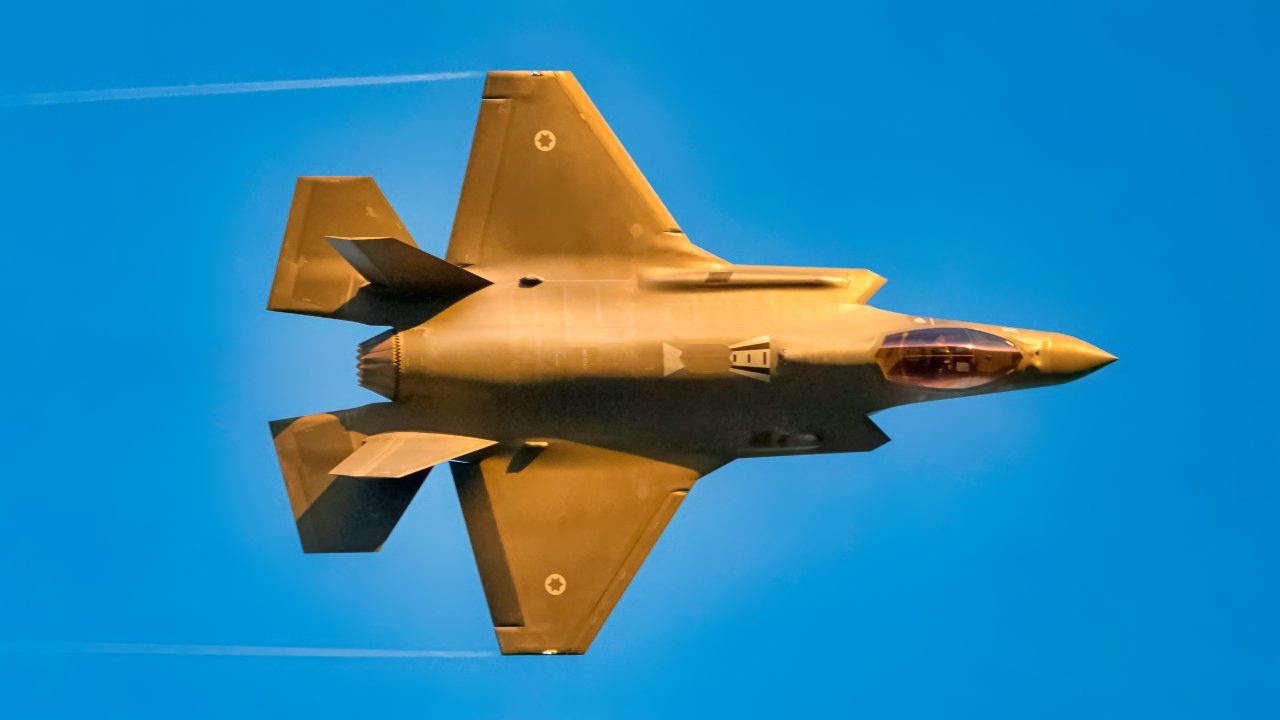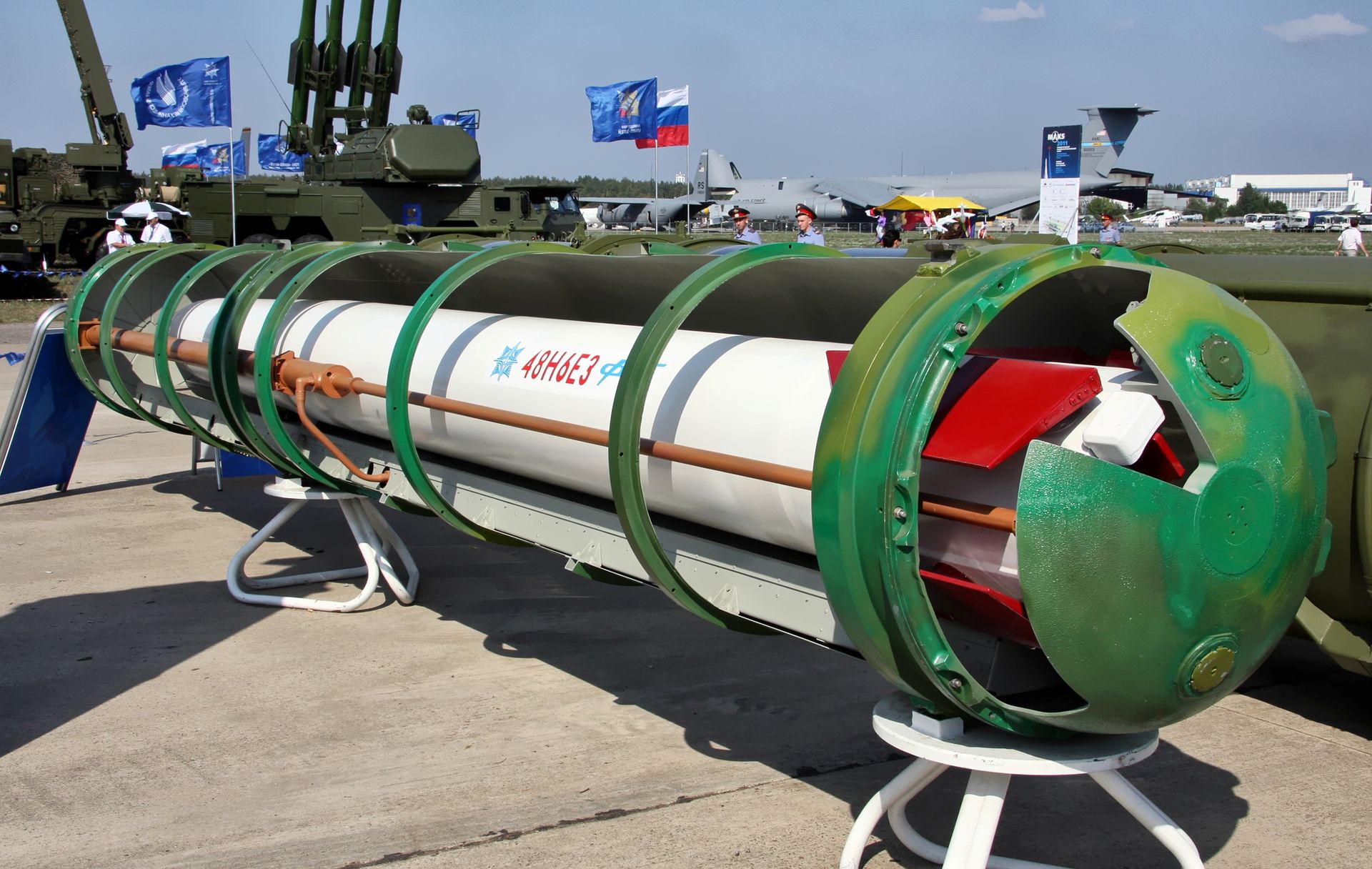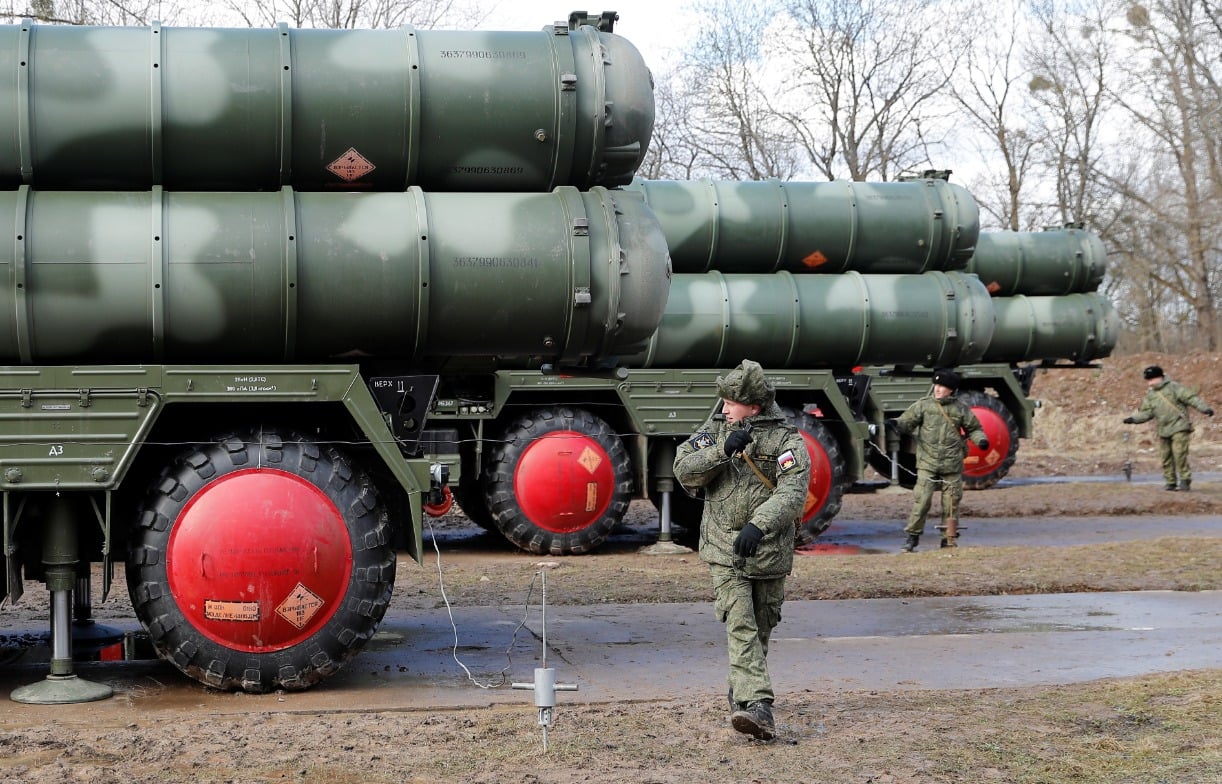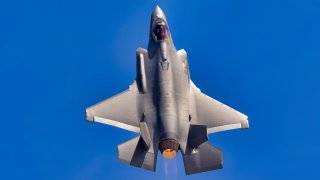S-400: The Air Defense System That Could Track F-22 and F-35 Fighters
The S-400, a critical part of Russia's defense, is a sophisticated SAM system capable of detecting advanced aircraft, including America's stealth fighters, according to many experts.
Summary: The S-400, a critical part of Russia's defense, is a sophisticated SAM system capable of detecting advanced aircraft, including America's stealth fighters, according to many experts.

-Developed from the earlier S-300, the S-400 has been operational since 2007 and has been exported to countries like China and India.
-Despite its advanced capabilities, the S-400 has shown vulnerabilities to Ukrainian strikes.
S-400 in Ukraine: What We Know So Far
Ukrainian forces have made good use of the longer-range Army Tactical Missile Systems (ATACMS) finally provided by Washington. The White House long refused to deliver these coveted systems to aid Kyiv’s defenses, fearing the weapons could further escalate the war. Secretly this February, however, the Biden administration green-lit providing long-range ATACMs to Ukraine, citing Moscow’s increased use of ballistic missiles in attacks targeting critical infrastructure in Ukraine.
Ukraine’s General Staff in April published footage of a missile strike that reportedly hit four Russian S-400 surface-to-air missile (SAM) systems, among other radar stations and defense command posts. Considered by many military experts to be a near-peer to America’s own Patriot SAM system, the S-400 remains one of Moscow's most critical weapons.
Introducing the S-400
In the early days of the Cold War, the Soviet Union relied heavily on its NPO Almaz S-200 Angara high-altitude SAM system to defend large swaths of territory from bombers. The first Angara became operational with the Soviet army in the mid-1960s, effectively replacing the aging B-25 Berkut.
Around this time, the USSR envisioned an even more advanced SAM system capable of countering the West’s newer fourth-generation fighter jet platforms and other emerging threats. The S-300 SAM, designated by NATO as the SA-10 Grumble, was designed to fulfill this need.
This sophisticated family of SAMs was further developed over the years, resulting in several subvariants.
While the S-300 continues to serve Russia well, an even more enhanced SAM series was developed in the early 1990s. Engineers initially envisioned an entirely new SAM system to replace its predecessor, but budgetary constraints caused by the collapse of the Soviet Union limited this possibility.
The S-400 SAM was ultimately designed with roughly 70-80% of the technology employed by the S-300, according to the Center for Strategic and International Studies. The S-400 was first accepted for service in 2007.
S-400: It Can Likely See F-35 and F-22 Stealth Fighters
The S-400 Triumf’s radar system combines three different arrays that broadcast on various frequency bands to track, target, and locate aircraft. The SAM can even detect America’s fifth-generation fighter jets.
As explained by Sandboxx News, “Modern stealth fighters are designed to delay or prevent detection from higher frequency radar arrays broadcasting in parts of the S, C, X, and Ku bands, because these systems are capable of providing a ‘weapons-grade lock,’ in other words, radar arrays that can guide a missile to a target. Lower frequency radar arrays leveraging the L or S bands are not capable of guiding weapons with this sort of accuracy — but are capable of spotting stealth fighters.”

The S-400 uses the 48N6 missile series and is able to hit aerial targets positioned up to 250 km away. The 48N6 can also intercept ballistic missiles using a high-explosive fragmentation warhead. The Triumf can also fire 9M96E and 9M96E2 advanced SAMs, which intercept targets at a top speed of Mach 15 and a maximum altitude of 35,000 meters.
Export History on the S-400 Air Defense System
Russia’s S-400 remains operational in the exclave of Kaliningrad and has previously been deployed to Syria to support Moscow’s efforts there. The system has also been exported to other nations, including China and India. Beijing initially procured six S-400s in 2015. New Delhi first purchased the Triumf in 2018 for $5.8 billion.

While the S-400 is a robust system, it has not been impervious to Ukrainian attacks. Prior to its February 2022 invasion, Moscow deployed five batteries to occupied Crimea. In the fall, Ukraine destroyed two of these five systems, a huge blow to the SAM system that the Kremlin often boasts is unbeatable. Now equipped with longer-range ATACMS, Kyiv is well positioned to take out even more Triumf systems.
Maya Carlin, National Security Writer with The National Interest, is an analyst with the Center for Security Policy and a former Anna Sobol Levy Fellow at IDC Herzliya in Israel. She has by-lines in many publications, including The National Interest, Jerusalem Post, and Times of Israel. You can follow her on Twitter: @MayaCarlin.
Image Credit: Images come from Shutterstock and Creative Commons.


